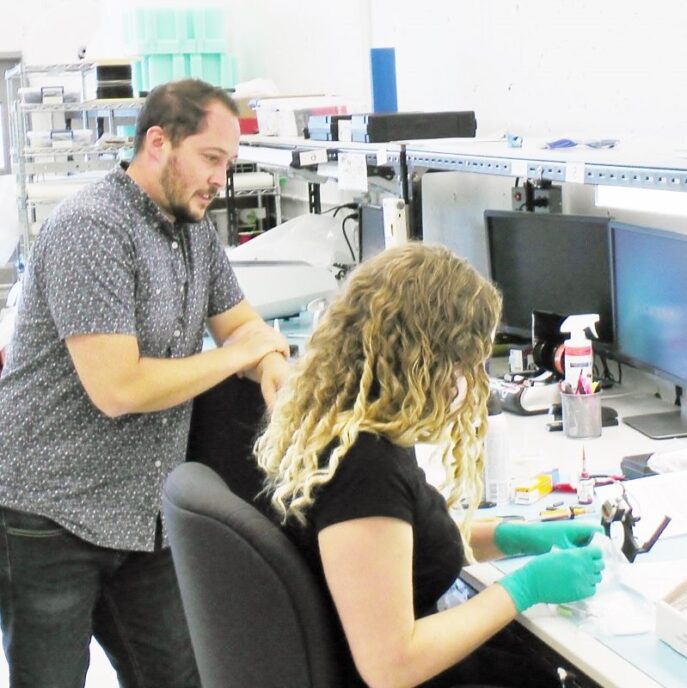
First-to-Market strategy, trade-offs and tips for medical devices
In a previous medical device company, I worked on a project where First-to-Market (FTM) was a deemed a priority for the company’s survival. To meet that highly compressed timeline, we decided to skip the phase-gate process and replace it with a FTM production release strategy.
FTM product commercialization carries a much higher overall project risk compared to a phase-gate approach. In our case our FTM commercialization process was a success, we were able to meet the release schedule and the product dominated the market while others played catch-up. Unfortunately the brand suffered from quality cost and reliability issues during this initial launch.
There is no pain-free way to release first to market strategy medical products. You pay now or pay later, and in FTM it is much more painful when you have to pay later. However, you can create a first to market production release strategy to minimize the pain.
A first to market production release strategy that minimizes time requires an honest examination of the phase-gate process to determine which part of the process will be reduced or skipped.
This can be done by conducting a manufacturing risk analysis, which itemizes and categorizes any risks from shortcutting the phase-gate process as a technical or schedule risk. Once the manufacturing risk list has been compiled, the core team can identify how to mitigate or reduce these risks. Doing this assessment early in the design planning process enables to you to anticipate the risk(s) of FTM and seek creative solutions to mitigate or reduce the pain. Do not underestimate the magnitude of the potential pain(s). Often they will be bigger than your initial assessment. However, proactively conjuring up mitigation earlier in planning will give you more reaction time to deal with them if and when they materialize.
Here are 3 common problems and their mitigations:
- Higher volume of production non-conformances. Plan for extra dedicated engineering and QA resources during production transfer.
- Increased component failures cause schedule delays. Pre-schedule machine shop time or purchase extra unfinished parts from vendors so you can remake suboptimal parts quickly and reduce lead time and impact to commercialization schedule.
- Device lacks reliability. Build extra replacement devices to anticipate higher number of onsite failures caused by lack of testing, and reduce customer downtime.
These mitigation activities are going to be pricey, but they are the price you pay for skipping the phase-gate process in order to be first to market.
With risks identified and a mitigation plan in place, it is also important to schedule in a development phase for the next optimized version of the product during your FTM production planning. This way production and service can anticipate how long they will need to hold their noses and suffer through the build of your first to market strategy device. In the end it would have taken the same amount of time and much less cost to use a phase-gate process to deliver a quality product.
Henry Ho is the StarFish Medical NPI Engineering Manager. He has extensive experience in DFM and manufacturing transfer. He is passionate about successful production transfers and following a phase-gate process as part of NPI.
Images: StarFish Medical
